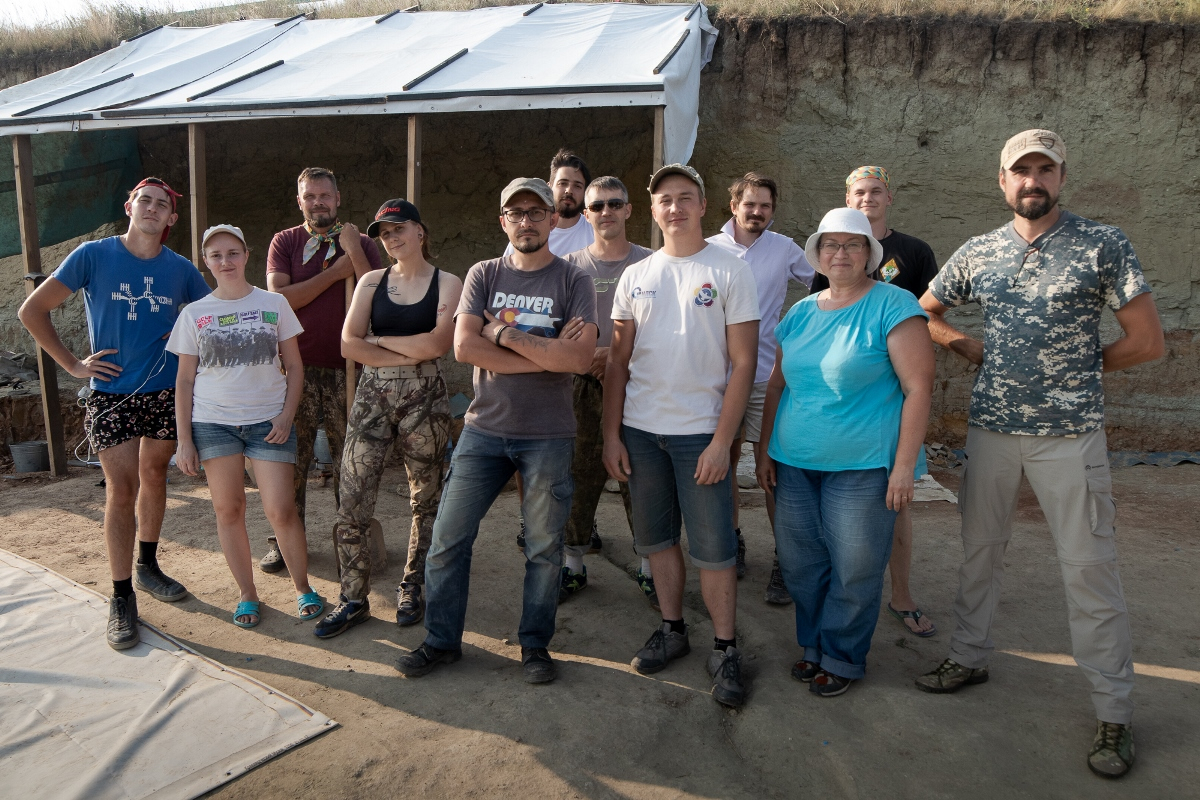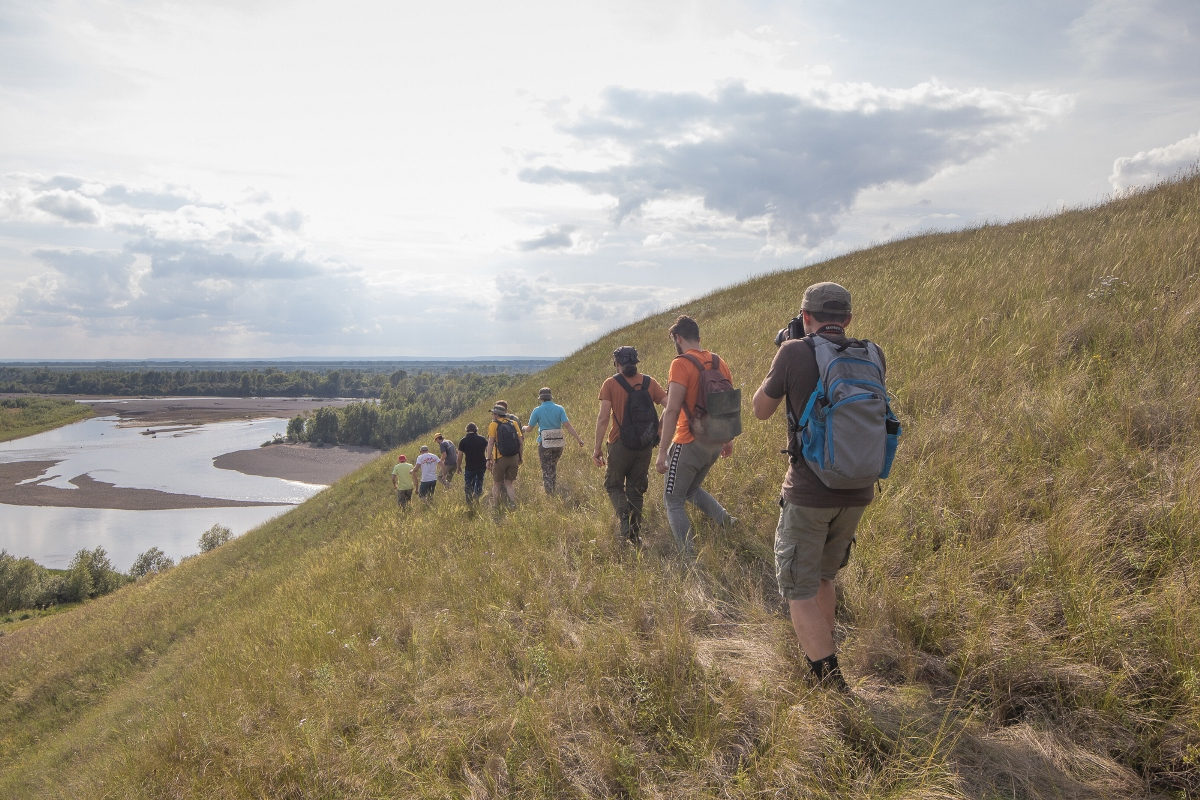Ancient teeth and bones: what do palaeontologists from St Petersburg University find in the Kemerovo Region?
Palaeontologists from St Petersburg University have come back from an expedition to Siberia. They go there every summer in search of the bones and teeth of ancient dinosaurs. This year, excavations were again carried out near the village of Shestakovo in the Kemerovo Region. This is an early Cretaceous site that regularly yields finds valuable for science. What have palaeontologists managed to find this year?
Several years ago, the palaeontologists from St Petersburg University, together with colleagues from Tomsk State University, discovered fragments of bones and teeth in the village of Shestakovo. This made it possible to describe a genus and species of the giant pangolin – sauropod, previously unknown to science. It inhabited the territory of modern Siberia about 120 million years ago. This dinosaur became the second sauropod to receive a scientific name in Russia. It also turned out to be one of the most ancient representatives of Titanosaurus (the most advanced group of sauropods) found in Asia. For its large size and special structure of the sacrum, the dinosaur was called Siberotitan – Sibirotitan astrosacralis. In the same place, in the village of Shestakovo, they found an egg of a small ancient lizard, which for the first time in the history of Russian palaeontology was given a scientific name – Prismatoolithus ilekensis.
This year, the location also delights the scientists with finds.
Shestakovo is a place where you can find something whole such as the skeletons of the Siberian psittacosaurs. The expedition has already made several important finds of lizard and crocodile reptiles. Some dinosaur teeth can be identified to the genus: for example, the teeth of psittacosaurs are clearly distinguishable. But the tooth of a predatory dinosaur can be determined, at best, to the family.
Pavel Skutschas, the leader of the expedition, Associate Professor in the Department of Vertebrate Zoology at St Petersburg University, Doctor of Biology
During 12 days of field work, the palaeontologists managed to find several fragments of the skulls, jaws, limb bones, claws and teeth of the ancient inhabitants of the village of Shestakovo. As the scientists believe, these are mainly the remains of the Siberian Psittacosaurus. One of the potentially valuable finds is a heap of bones, presumably of a young Psittacosaurus. It is the most common dinosaur in Shestakovo's ancient fauna. These findings are of scientific importance. In the future they can be used to study intraspecific variability and ontogeny of the Siberian Psittacosaurus. In addition to psittacosaurus, they found numerous remains of small crocodile reptiles and lizards, egg shells and even a fragment of a small egg of a small carnivorous dinosaur or a primitive bird. All of these creatures lived on Earth during the Early Cretaceous, about 120 million years ago.
‘At an excavation site, it is sometimes possible to determine the exact taxonomic category identity of a find if signs are visible – for example, if you can see a jaw with teeth. However, we typically determine the group: whether it is a turtle, a crocodile, or a lizard. Since psittacosaurus are found in large quantities at this locality, many bones are immediately identified as belonging to this dinosaur,’ explains Pavel Skutchas.
This year, the palaeontologists from St Petersburg University took part in excavations in Shestakovo village carried out by the Kemerovo Regional Museum of Local Lore. The specialists sorted ancient sediments layer by layer and washed the rocks on special sieves in search of small bones and teeth. Only further laboratory studies will make it possible to finally understand how successful the ‘yield’ of this expedition was. Nevertheless, it is already clear that what was found this year will be used to write a number of academic papers.




